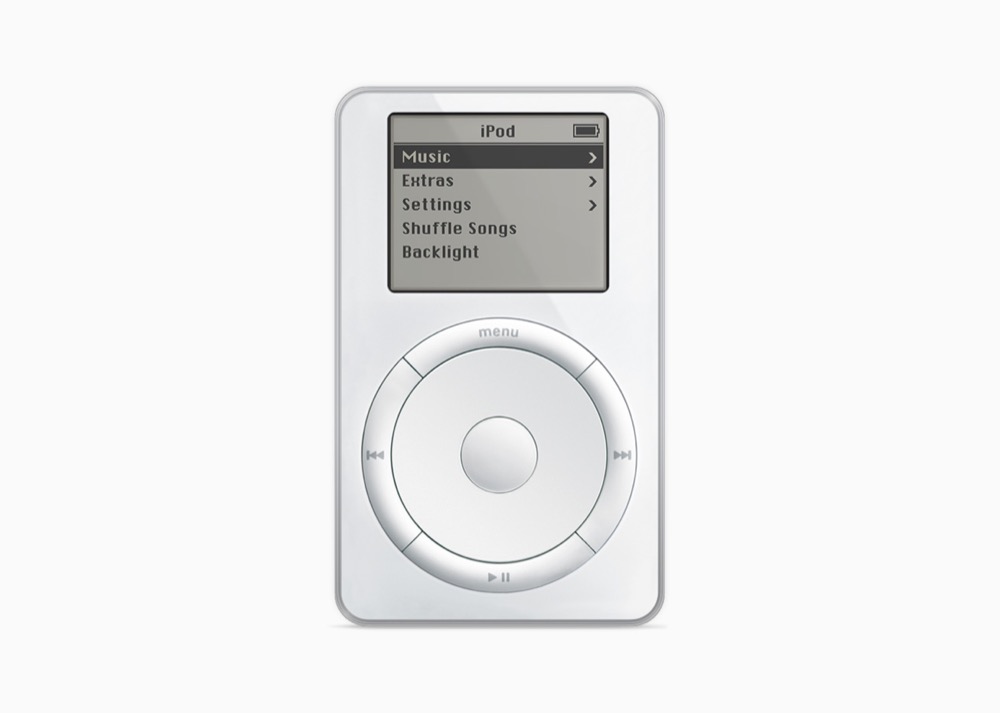Apple says the age of the iPod is over, ceases iPod touch
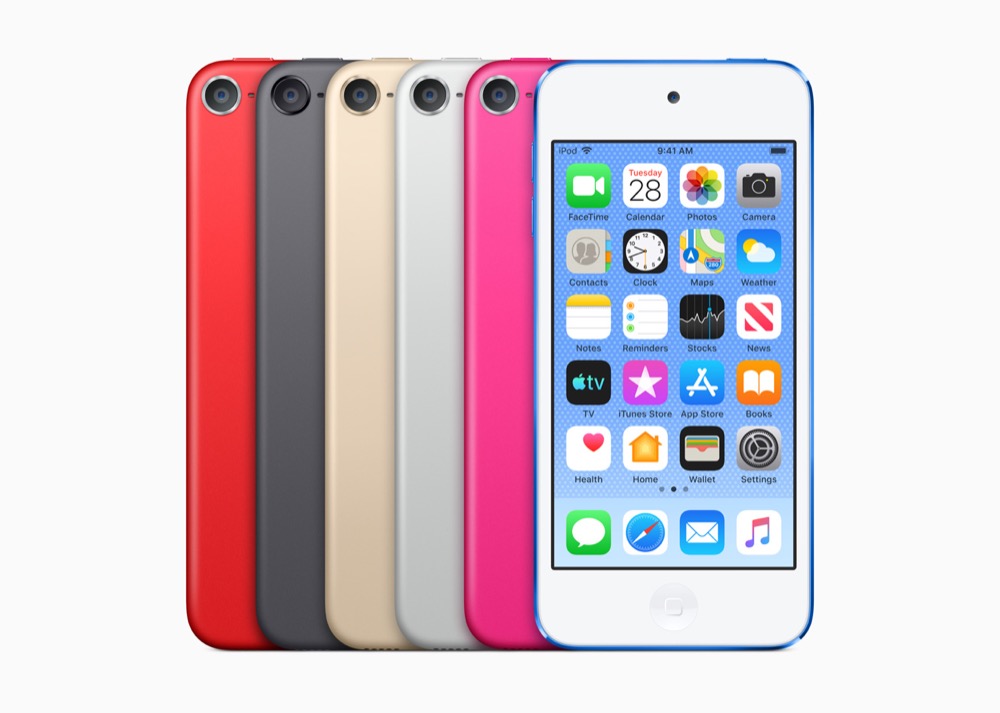
The last of the iPod bites the dust
Apple has ended the 20-year history of the iPod with a press release to announce that it will not manufacture the last remaining symbol of that reign, iPod Touch, anymore – but says it still loves music all the same.
The little last iPod touch
“Music has always been part of our core at Apple, and bringing it to hundreds of millions of users in the way iPod did impacted more than just the music industry — it also redefined how music is discovered, listened to, and shared,” said Greg Joswiak, Apple’s senior vice president of Worldwide Marketing.
“Since its introduction over 20 years ago, iPod has captivated users all over the world who love the ability to take their music with them on the go. Today, the experience of taking one’s music library out into the world has been integrated across Apple’s product line — from iPhone and Apple Watch to iPad and Mac — along with access to more than 90 million songs and over 30,000 playlists available via Apple Music,” Apple said in its press release, announcing the demise.
A short history of the iPod age
“Our goal was to design something that would become iconic,” said Apple chief designer, Jony Ive, in a promotional video published on October 23, 2001, when iPod was introduced.
It became iconic.
5GB, Mac only, the original iPod used Firewire to transfer all those songs. The brainchild of former Phillips executive Tony Fadell, the prototype (originally developed at PortalPlayer) was the size of a cigarette packet with several buttons on the front.
You can even see some examples of those early prototypes in Fadell’s excellent book, Build (recommended).
Fadell’s team worked closely with Steve Jobs on the top secret project.
One dedicated team worked on the ClickWheel interface, which as we all now know helped inform Multitouch and iPhone.
The teams were trying to create a digital music device for people who weren’t geeks. At that time, digital music players were clunky machines for technologists, not music lovers.
All had short battery life and limited capacity. Most sucked songs from the computer using USB – it took all night to download 1,000 songs to your player. Music management software and navigation was limited, playlists were rarely supported.
The iPod’s design was fantastic, simple with a large mechanical wheel and monochromatic screen. Twinned with iTunes (itself based on third-party app, SoundJam), iPod was more intuitive than any other player.
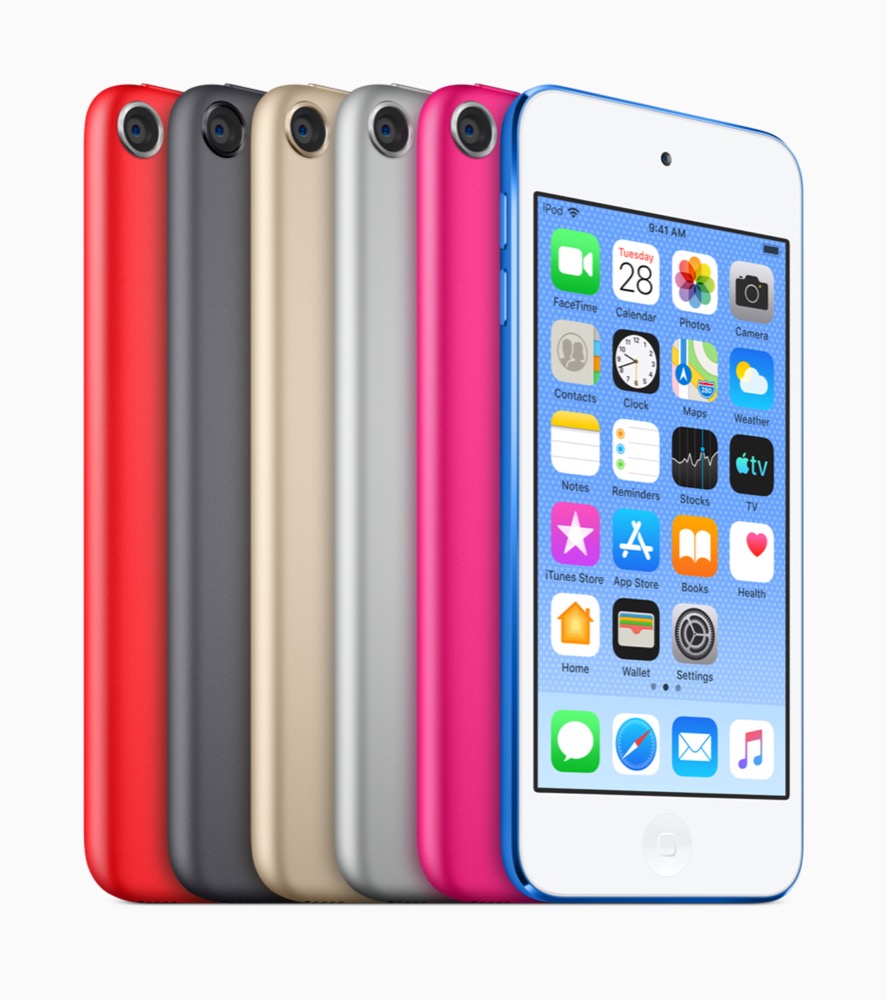
Moby got it right
“I’ve had three MP3 players and I haven’t figured out how to use any of them. I held this in my hand and I had it figured out in 45-seconds,” said artist, Moby, of the original iPod.
Technology Business Research analyst Tim Deal got it wrong, warning: “I question the company’s ability to sell into a tight consumer market right now at the iPod’s current price.”
In a now typical fashion, the iPod sold out fast when launched in the US and the UK.
It took Sony a decade to shift 50 million Walkmans, iPod exceeded that in half that time.
Apple sold 140,000 iPods in a under 13 weeks.
What was the secret?
Ex-Universal Music executive, Barney Wragg, explained:
“What Apple did was prove the iPod isn’t about the technology, but about what it does — it appeals to humans.”
When iPod launched, teen music fans were already using Napster to get their music but the people selling music were stuck in the past. Apple changed the paradigm.
Music labels even agreed to offer music for sale via iTunes. “It will go down in history as a turning point for the music industry. This is landmark stuff. I can’t overestimate it,” said Apple CEO, Steve Jobs launching the iPod.
Jobs spent months meeting with labels to convince them to sell music through iTunes, pointing out that they could compete with file-sharing services by offering tracks online legitimately, “to keep honest people honest.”
Keeping it simple mattered, he argued:
“I know you have a thousand ideas for all the cool features iTunes could have. So do we. But we don’t want a thousand features. That would be ugly. Innovation is not about saying yes to everything. It’s about saying no to all but the most crucial features.”
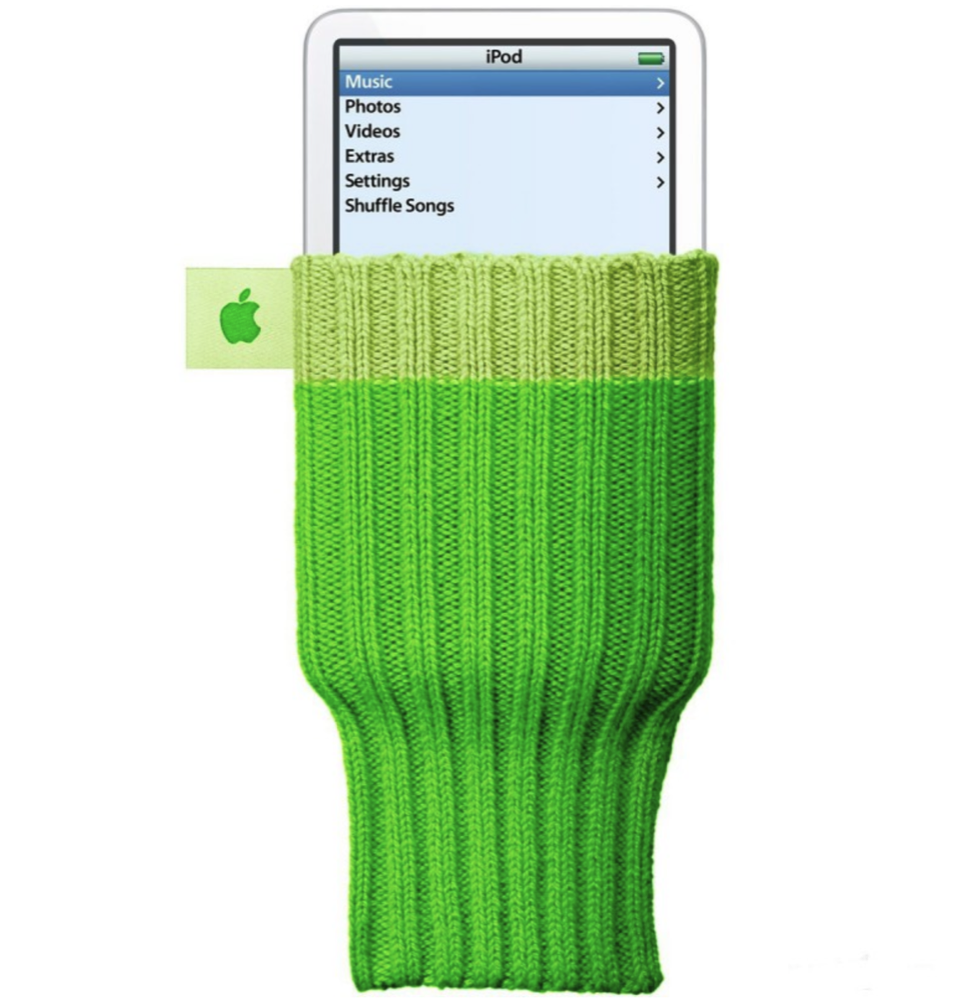
The definition of a culture
Within three years of launch, Apple’s iPod became the world’s best-loved music player.
So the company extended the range.
In January 2004 it introduced iPod mini, which became the biggest-selling music player worldwide. Then, in September 2005, Apple dropped iPod mini to introduced iPod nano. Jobs described the move to drop the popular iPod mini as like, “having a heart transplant right before the holiday.”
Jobs told us about the iPhone years before introducing it: speaking to Playboy in 1985, he talked about the future, “merging of the telephone and the personal computer.”
Work on iPhone began five years before its January 9, 2007 unveiling. When the iPhone launched, then Palm CEO, Ed Colligan, said:
“I’ve never seen the kind of feeding frenzy we’ve seen in the media. We expect it [iPhone] to be a very successful product — but I don’t know how it can possibly live up to the hype.”
One million sold in 74 days.
Apple also then introduced iPod touch, which had the same interface as an iPhone, but Jobs described as “an iPhone without calls”. It gained apps though, as did the iPhone, in July 2008 with the introduction of the App Store.
And now it is gone.
Sleep tight, iPod touch.
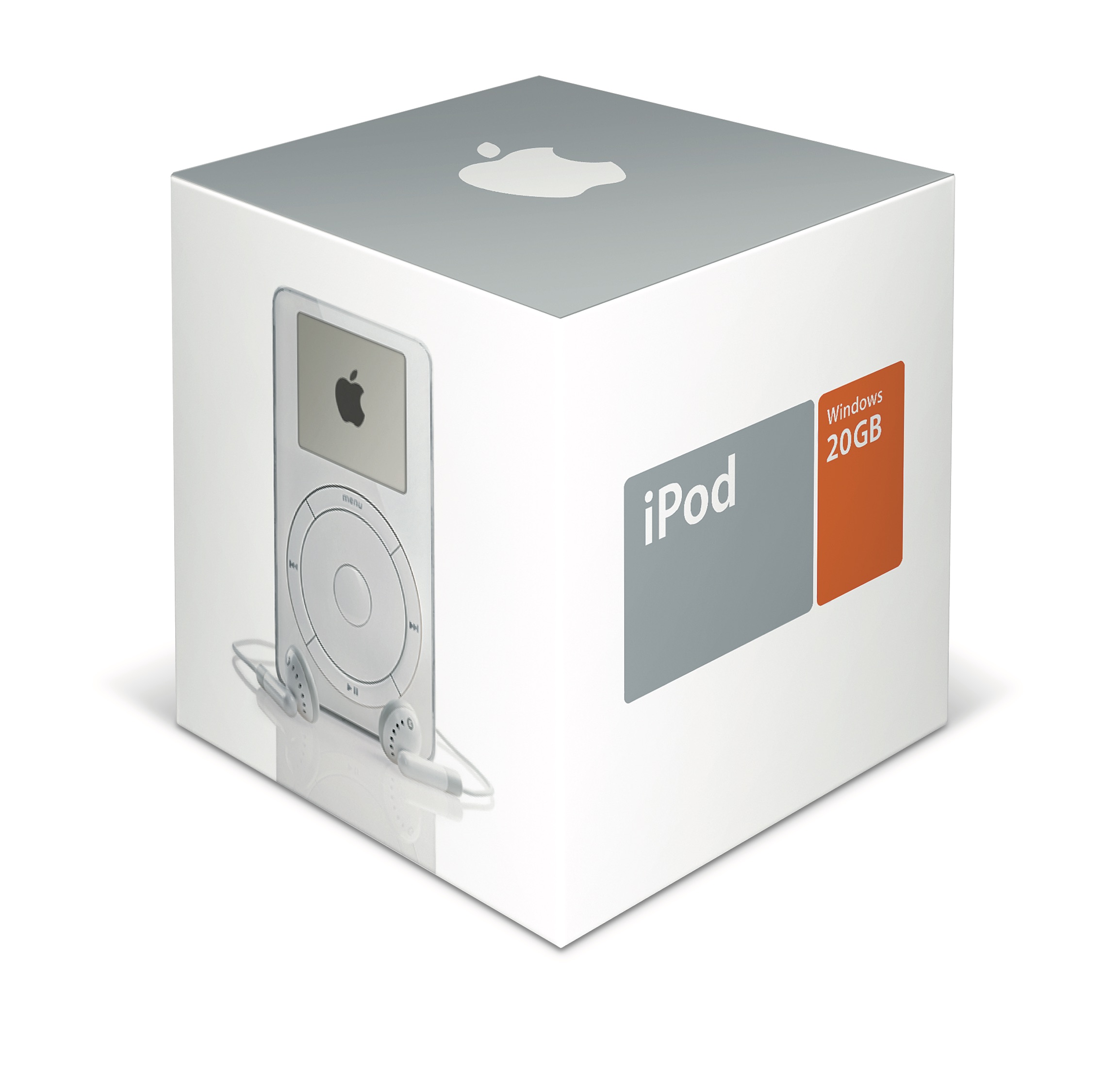
When Apple sold iPods to Windows it transformed its future.
A short timeline
2001
- January: Apple launches iTunes
- October 23: Apple launches iPod
2002
- July: Apple launches second-generation iPod
- July: Apple makes Windows-compatible iPod
- Apple sold 600,000 iPods by the end of the year
2003
- April 28: iTunes Music Store opens for business in the US
- April 28: Apple launches third-generation iPod with 7,500 song capacity
- iTunes sells one million songs in one week, 10 million songs were sold by the end of September
- June: Apple sells millionth iPod
- October: iTunes Music Store opens for Windows users
- December: iTunes downloads exceed 25 million tracks
- Two million iPod sales record reached
2004
- January: Apple launches iPod mini
- March: iTunes downloads reach 50 million
- June: iTunes Music Store opens in UK, France and Germany
- July: iTunes downloads reach 100 million
- October: Apple iPod price cuts help increase sales five-fold
- December: 200 million iTunes downloads and 10 million iPod sales records reached
2005
- January: Apple ships flash-based iPod shuffle
- July: iTunes downloads reach half a billion
- August: iTunes Music Store opens in Japan
- September: iPod nano replaces iPod mini
- October: Apple ships iPod 5G
- Apple has now sold 42 million iPods
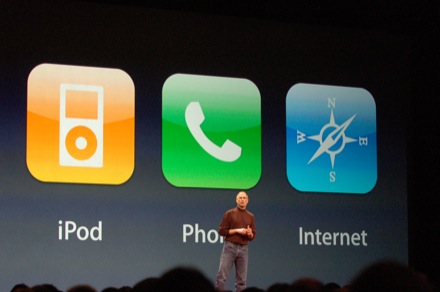
Apple has experience putting pieces together,
2006
- February: iTunes sells its billionth song
- September: iPod shuffle introduced
- October: Number of iPods sold: 88 million
2007
- January: Apple launches iPhone
- April: EMI catalogue now available DRM-free on iTunes
- 100 millionth iPod sold
- July: iTunes hits three billion songs sold
- September: iPod touch with WiFi and MultiTouch debuts
- Apple has sold 141 million iPods by the end of the year
2008
- January: iTunes movie rentals appear
- April: iTunes becomes the biggest US music retailer
- June: iTunes hits five billion song sales
- September: Over 90% of new cars sold in the US are now iPod compatible

Apple’s focus on music was all the more exciting a few months after the store launched, when Apple introduced iPod and a mobile future was born.
2009
- January: iTunes Store — all music now DRM-free
- March: HD movies for iTunes Store
- November: Number of iPods sold through 2009 reaches 250 million
2010
- February: iTunes Store reaches 10 billion sales
- June: Apple sells three million iPads in 80 days
- June: iPhone 4 launch
- Apple has sold 275 million iPods by September
- November: The Beatles now on iTunes
And over the next 12 years, we watched iPhone sales climb to millions while the iPod range slowly declined.
Please follow me on Twitter, or join me in the AppleHolic’s bar & grill and Apple Discussions groups on MeWe.
